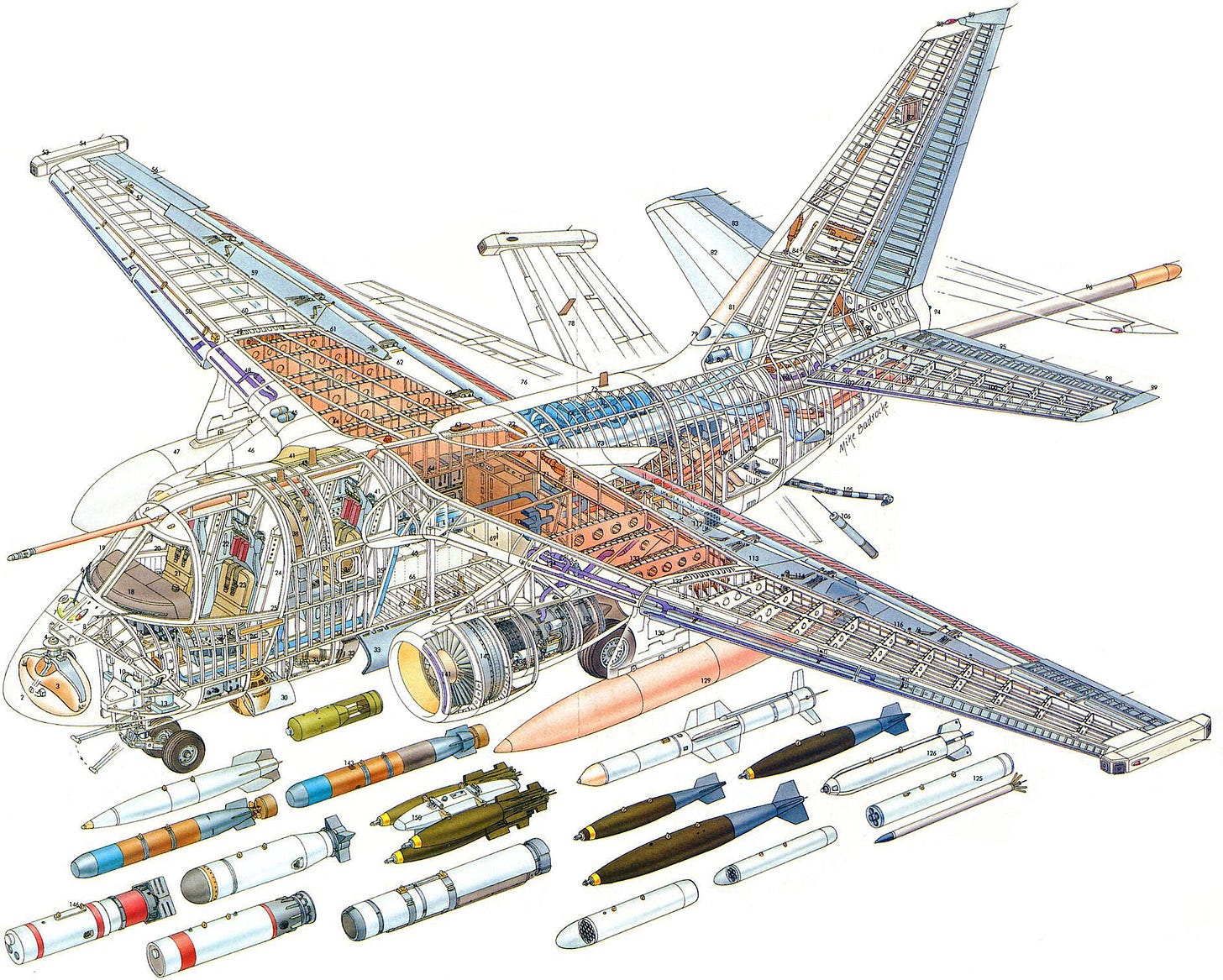On 21 January 1972, the tarmac at Lockheed's Burbank facility in California buzzed with anticipation. Engineers, test pilots, and Navy officials gathered to witness a pivotal moment in naval aviation history. The sleek, twin-engine S-3 Viking prototype, a marvel of modern aerospace engineering, stood poised for its maiden flight. As the aircraft's engines roared to life, it represented the culmination of years of research and development aimed at addressing the U.S. Navy's evolving antisubmarine warfare (ASW) needs.
The Viking, with its advanced avionics and sensor systems, was designed to replace the aging piston-engine S-2 Tracker, bridging the gap between propeller-driven aircraft and the jet age in naval ASW operations. At precisely 11:45 AM, the prototype lifted off, its swept wings cutting through the air as it climbed into the clear California sky. The flight lasted 1 hour and 28 minutes, during which the aircraft demonstrated its handling characteristics and basic systems functionality. This inaugural flight marked not just a technological leap but a strategic shift in how the Navy approached submarine detection and engagement.
The S-3 Viking's development underscored the changing nature of naval warfare in the Cold War era, where the threat of Soviet submarines loomed large. Its successful first flight on January 21, 1972, set the stage for a new chapter in maritime patrol and ASW capabilities, promising enhanced range, speed, and sensor integration that would shape naval operations for decades to come.
Enhanced Multi-Mission Capability
The S-3 Viking's versatility set a new standard for naval aircraft. Its ability to perform various roles including ASW, surface surveillance, electronic intelligence, and aerial refueling influenced the design of future naval aircraft.
This multi-mission approach became increasingly important in modern naval warfare, where adaptability and efficiency are crucial.
Advanced Sensor Integration
The Viking's sophisticated sensor suite, including radar, sonar, and magnetic anomaly detection (MAD) gear, demonstrated the importance of integrated sensor systems in modern warfare.
This approach to data fusion and centralized computer integration became a model for future ASW and surveillance aircraft.
Extended Range Operations
With its ability to patrol vast stretches of ocean, the S-3 Viking expanded the operational range of carrier battle groups.
This capability influenced future naval strategies, emphasizing the importance of long-range, persistent surveillance and strike capabilities.
Shift in ASW Tactics
The Viking's speed and altitude capabilities (35,000 feet at over 300 knots) revolutionized ASW tactics.
This shift from low-altitude, slow-speed operations to high-altitude, high-speed patrols influenced future ASW doctrine and aircraft design.
Adaptability to Changing Threats
The S-3's evolution from a pure ASW platform to a multi-role aircraft capable of surface surveillance and precision strike demonstrated the importance of adaptability in naval aviation
This flexibility became a key consideration in the development of future naval aircraft and mission planning.
Network-Centric Warfare
The Viking's advanced communication systems and ability to integrate with various naval platforms paved the way for network-centric warfare concept.
This emphasis on real-time information sharing and coordinated operations became central to modern naval tactics. The S-3 Viking's legacy continues to influence naval aviation, with its retirement leaving capability gaps that the U.S. Navy is still addressing today.
The aircraft's unique combination of long range, advanced sensors, and multi-mission capability remains a benchmark for naval aviation platforms, shaping the requirements for future carrier-based aircraft designed to operate in increasingly contested maritime environments.





